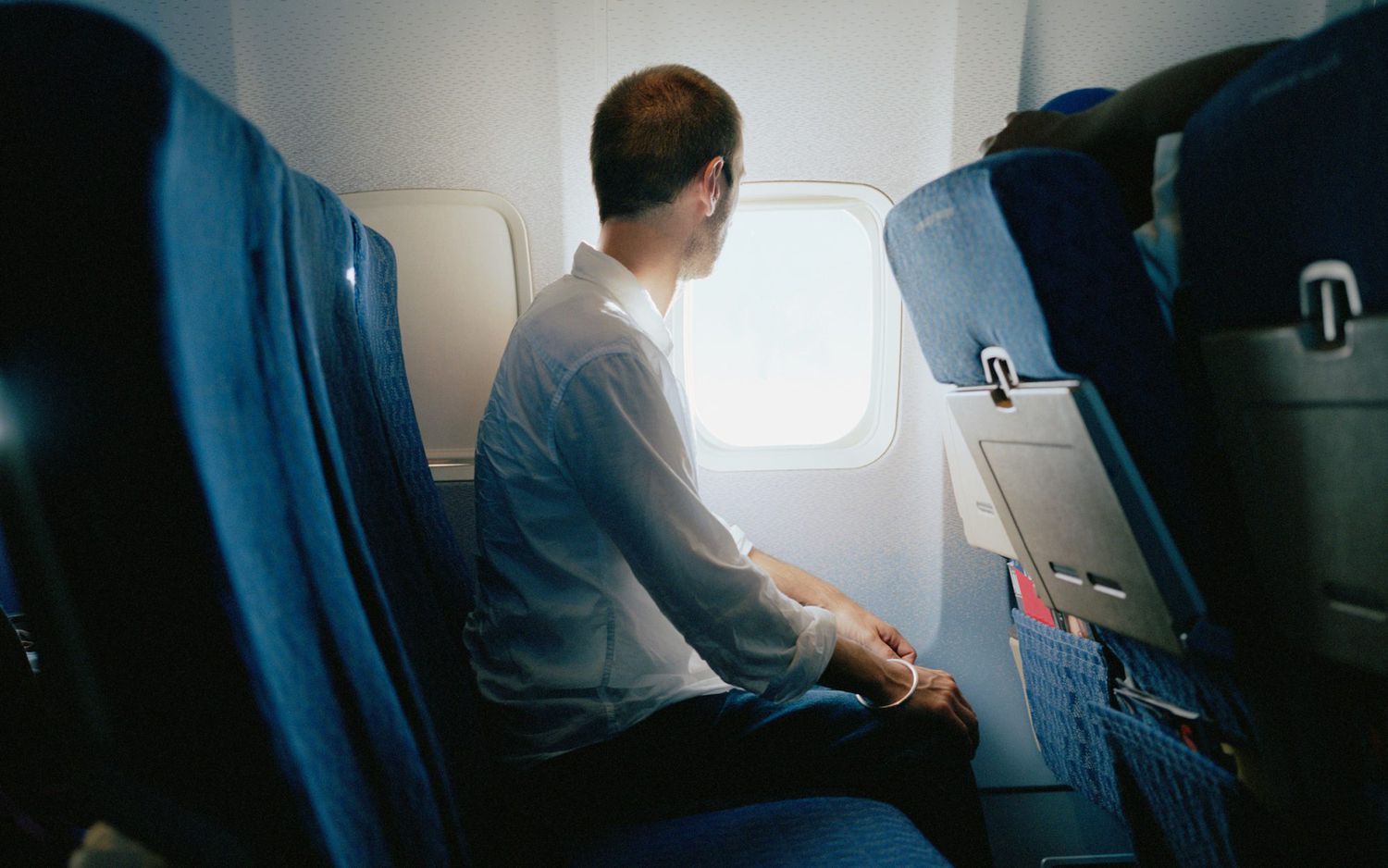While air travel boasts an impressive safety record, passengers should prioritize onboard safety measures to mitigate risks in the event of emergencies. Pilots offer invaluable insights into preparing for potential contingencies, emphasizing the importance of proactive safety awareness and strategic decision-making. Here’s a comprehensive guide to enhancing in-flight safety based on expert advice from seasoned aviators.
1. Prioritize Emergency Preparedness
Upon boarding, passengers should immediately familiarize themselves with the nearest emergency exits. Counting seat rows to the exits enables travelers to navigate the cabin efficiently, even in low-visibility conditions. Early preparation is crucial for expediting emergency evacuations and ensuring optimal safety outcomes.
2. Choose Strategic Seating
Selecting seats near emergency exits enhances passengers’ ability to respond effectively in crises. Studies indicate that proximity to exit rows correlates with higher survival rates during aircraft emergencies, underscoring the importance of strategic seating choices.
3. Pack Wisely for Safety
Avoid overpacking carry-on luggage to prevent obstructing aisleways and overhead compartments. Opt for closed-toe shoes to minimize injury risks during emergencies, prioritizing comfort and practicality in footwear choices.
4. Stay Attentive During Safety Briefings
Pay close attention to pre-flight safety demonstrations and review safety cards to familiarize yourself with emergency procedures specific to the aircraft. Even experienced travelers benefit from reinforcing their knowledge of onboard safety protocols.
5. Maintain Awareness Throughout the Flight
Remain vigilant and observant throughout the flight, noting emergency exits, safety equipment locations, and cabin crew instructions. Proactive engagement with safety measures enhances passengers’ readiness to respond effectively in challenging situations.
6. Leverage Technology for Safety Updates
Utilize airline apps and websites to access real-time safety updates and upgrade opportunities. Stay informed about in-flight conditions and emergency procedures, leveraging digital resources to enhance situational awareness.
7. Foster a Culture of Safety Consciousness
Promote a culture of safety consciousness among fellow passengers by encouraging adherence to safety protocols and respectful behavior. Collaborative efforts contribute to a safer and more secure travel environment for all onboard.
8. Cultivate a Mindset of Preparedness
Embrace a proactive mindset characterized by preparedness and resilience in the face of unexpected challenges. By prioritizing safety awareness and strategic decision-making, passengers empower themselves to respond effectively to emergencies and safeguard their well-being during air travel.
Conclusion
By incorporating these expert recommendations into their travel routines, passengers can elevate their in-flight safety preparedness and contribute to a safer and more secure air travel experience for themselves and their fellow travelers.

